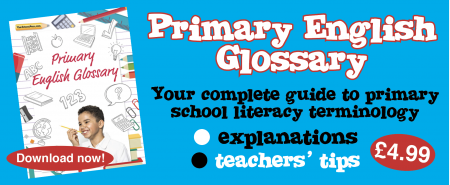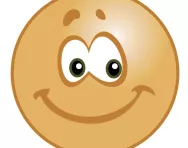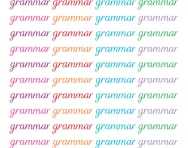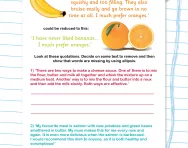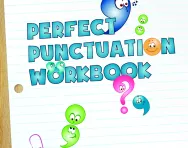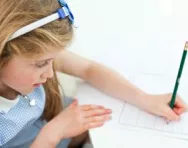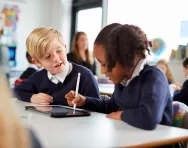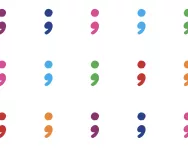Important update from TheSchoolRun
For the past 13 years, TheSchoolRun has been run by a small team of mums working from home, dedicated to providing quality educational resources to primary school parents. Unfortunately, rising supplier costs and falling revenue have made it impossible for us to continue operating, and we’ve had to make the difficult decision to close. The good news: We’ve arranged for another educational provider to take over many of our resources. These will be hosted on a new portal, where the content will be updated and expanded to support your child’s learning.
What this means for subscribers:
- Your subscription is still active, and for now, you can keep using the website as normal — just log in with your usual details to access all our articles and resources*.
- In a few months, all resources will move to the new portal. You’ll continue to have access there until your subscription ends. We’ll send you full details nearer the time.
- As a thank you for your support, we’ll also be sending you 16 primary school eBooks (worth £108.84) to download and keep.
A few changes to be aware of:
- The Learning Journey weekly email has ended, but your child’s plan will still be updated on your dashboard each Monday. Just log in to see the recommended worksheets.
- The 11+ weekly emails have now ended. We sent you all the remaining emails in the series at the end of March — please check your inbox (and spam folder) if you haven’t seen them. You can also follow the full programme here: 11+ Learning Journey.
If you have any questions, please contact us at enquiries@theschoolrun.com. Thank you for being part of our journey it’s been a privilege to support your family’s learning.
*If you need to reset your password, it will still work as usual. Please check your spam folder if the reset email doesn’t appear in your inbox.
What is an ellipsis?

What is an ellipsis?
An ellipsis highlights the omission of a word or phrase within a sentence. It is a series of three consecutive dots that indicates the writer has deliberately missed out a word, sentence, or whole section from a text, without altering its original meaning.


Download Fantastic FREE Grammar Resources!
- Perfect Punctuation Workbook
- Grammar Games Pack
- PLUS 100s of other grammar resources
How is an ellipsis used?
The ellipsis punctuation mark is three consecutive dots used to demonstrate:
- A pause for effect to increase tension
- An unfinished thought, or one where some meaning is implied and not spelled out
- A trail off into silence
- A word or words have been missed out from a text deliberately
For example:
How is ellipsis taught in the primary-school classroom?
As with most new punctuation, the best way to familiarise children with ellipsis is with examples from books, newspapers and other everyday texts, in which they will be able to see the punctuation used accurately and in context. Once children can identify ellipsis they will be taught to write sentences that incorporate this punctuation mark.
Mystery, thriller, horror and suspense writing genres lend themselves to the use of ellipses for dramatic effect and to create tension within the writing. In many schools children refer to ellipsis at the ‘de, da, daaaaah!’ (drum roll / fanfare!) piece of punctuation!
After children have been taught how to use ellipses for dramatic effect, they will practise using ellipsis to show that words have been omitted from a sentence and to show an unfinished thought. Incorporating the ellipsis into direct speech is a tactic often used by teachers, as it is a concept children grasp more easily.
When is ellipsis taught?
Ellipsis are taught in Years 5 and 6, but more commonly in Year 6.
Children working at the expected standard for writing by the end of Key Stage 2 will be making some successful use of ellipses within their independent writing to help their writing flow and avoid repetition. Some children will be using ellipsis for dramatic effect by the end of Year 6.
